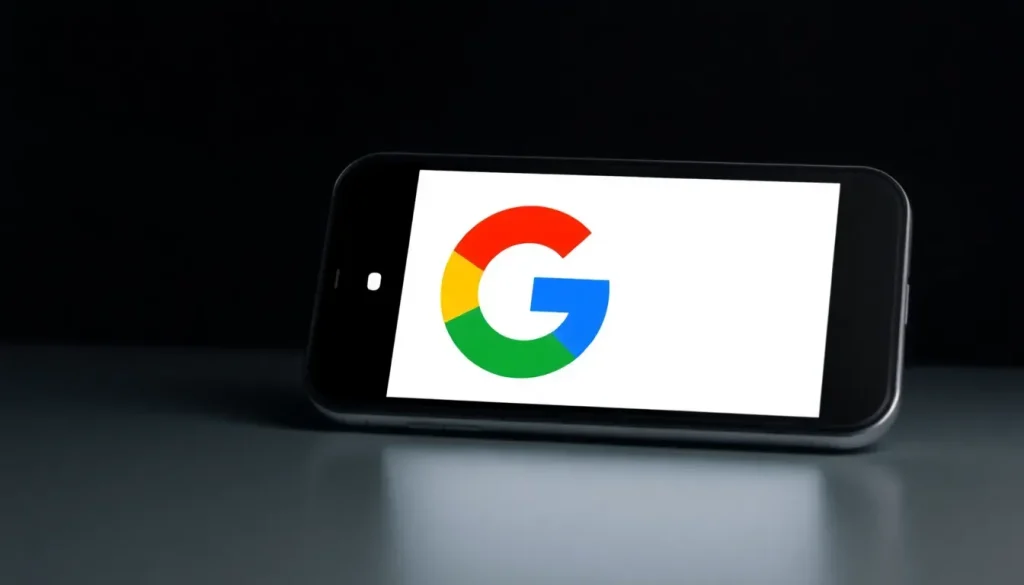Say goodbye to 'OK, Google' as Gemini voice command may vanish soon

As technology continues to evolve, Google is poised to redefine the way we interact with its AI assistant, Gemini. The latest developments suggest that the traditional “OK, Google” command might soon become a thing of the past, paving the way for more intuitive methods of activation. Understanding these changes can enhance how users engage with their devices, making their lives easier and more connected.
In a recent patent, Google outlined a vision for Gemini that eliminates the need for voice commands. Instead, the company is exploring the use of facial recognition and advanced sensors, creating a user experience that feels more organic and user-friendly. Let’s delve into the specifics of this innovative approach and what it means for the future of AI interactions.
- Understanding Gemini's New Activation Method
- How Will Gemini Recognize User Intent?
- What Are the Benefits of This New Activation System?
- Limitations and Current Status of the Gemini System
- Can Users Still Use Voice Commands with Gemini?
- When Will Gemini Be Available on Google Home?
- How to Activate Gemini Without Saying "Hey Google"
Understanding Gemini's New Activation Method
Google’s new approach for activating Gemini revolves around using advanced sensors rather than traditional voice commands. This system aims to make interactions smoother and more intuitive. The essence of this method is to allow users to invoke the assistant without needing to speak or press any buttons.
The technology behind this involves various sensors, including capacitive touch sensors integrated into mobile devices. These sensors will help detect when the user brings their device close to their face, mouth, or ear. This means that the activation of Gemini will rely on natural gestures and movements rather than explicit commands.
- Facial recognition technology will identify the user.
- Accelerometers will detect device movements and positioning.
- Algorithms will analyze patterns to determine when assistance is needed.
This innovative method aims to make the activation of Gemini feel more natural, transforming the user experience. It eliminates the need for a verbal command, providing a seamless transition into interaction with the assistant.
How Will Gemini Recognize User Intent?
Google’s vision for Gemini extends beyond simple activation. The assistant is designed to understand when a user needs assistance by reading subtle physical cues. This capability could lead to a more immersive interaction, allowing the AI to feel more like a companion than a tool.
Here’s how Gemini is expected to interpret user intent:
- By analyzing facial expressions and movements when the user approaches the device.
- Using voice recognition to identify the user without needing a command.
- Leveraging machine learning to improve its understanding over time.
This system aims to create an environment where Gemini feels attentive and responsive, ready to assist whenever the user engages with their device.
What Are the Benefits of This New Activation System?
The shift from a voice-activated command to a more gesture-based approach brings several advantages:
- Increased Convenience: Users can interact with Gemini without needing to remember or say a specific phrase.
- Enhanced Privacy: Since the assistant won’t be constantly listening, users may feel more secure about their conversations.
- Natural Interaction: The system mimics human-like interactions, making the experience feel more organic and less mechanical.
This new approach aligns with the growing trend towards more intuitive technology, as users increasingly seek devices that can adapt to their behaviors and preferences.
Limitations and Current Status of the Gemini System
Despite the exciting possibilities, it's crucial to note that the current status of this technology remains in the patent phase. Google has not yet confirmed its implementation in future devices. While the concept is promising, several challenges need to be addressed before it becomes a reality.
Some potential limitations include:
- Technological hurdles in accurately implementing facial recognition across different environments.
- Privacy concerns regarding how user data is collected and utilized.
- The need for robust algorithms to minimize false activations or misunderstandings.
These factors highlight the complexities involved in transitioning from traditional voice commands to a more sophisticated gesture-based system.
Can Users Still Use Voice Commands with Gemini?
While the new activation method aims to reduce reliance on voice commands, it’s likely that users will still have the option to use phrases like “OK, Google” for those who prefer the traditional method. However, as the technology advances, the emphasis may shift towards the more intuitive gestures that Gemini offers.
When Will Gemini Be Available on Google Home?
Many users are eager to know when they can expect to see Gemini integrated into devices like Google Home. While no official release date has been provided, the patent filing indicates that Google is actively exploring this technology. The timeline for deployment will depend on various factors, including further development, testing, and regulatory approval.
As Google continues to innovate, the company aims to create a more connected ecosystem, enhancing the functionality of its devices while ensuring user experience remains at the forefront.
How to Activate Gemini Without Saying "Hey Google"
For those interested in how to use Gemini's new features, it’s essential to stay updated on developments and releases from Google. Here are some tips on potential activation methods:
- Keep your device updated to ensure you have access to the latest features.
- Pay attention to announcements from Google regarding Gemini’s release.
- Experiment with the device’s gestures to see how it responds to your movements.
By embracing these new methods, users can leverage Gemini's capabilities to enhance their day-to-day interactions with technology.
For a deeper understanding of Google’s innovations, check out this informative video that explores the implications of these advancements:




Leave a Reply